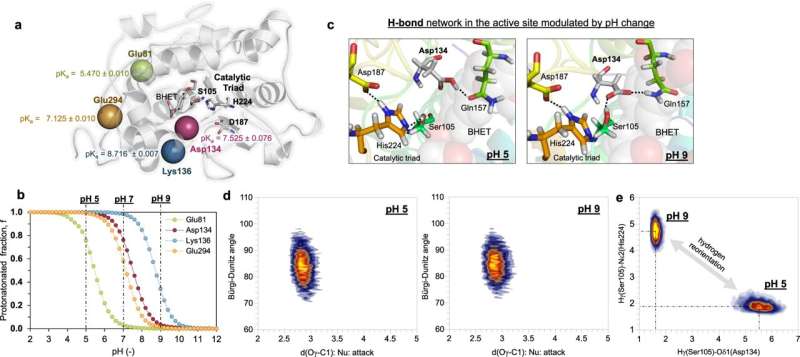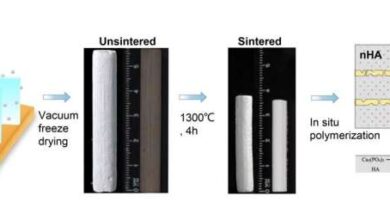Research team develops biotechnological process to degrade plastics

Baspar/Iranpolymer The lack of knowledge about the molecular mechanisms that make biocatalysis possible is an obstacle to developing biotechnological processes that allow the recycling of plastics. A research project led by a team from the Universitat Jaume I has made it possible to degrade widely used PET plastics through a natural enzyme, CALB, by modifying the pH of the medium. This opens up a new way to recycle PET, which is present, for example, in containers, bottles or textiles of all kinds, and generates harmless compounds that are useful in subsequent synthesis processes.
the results were published in the journal Nature Communications by a computational biochemistry team from the Institute of Advanced Materials (INAM) of the UJI led by Vicent Moliner and Katarzyna Świderek, in collaboration with a group from the Center for Cooperative Research in Biomaterials (CIC biomaGUNE) of the Basque Country, led by Fernando López Gallego, and another from the University of the Basque Country, led by Haritz Sardon. These last two groups carried out the experimental part of the project.
Moliner explains, “As synthetic polymers did not exist historically, evolution has not had time to develop enzymes capable of degrading these materials.” Plastics have very interesting properties, leading to their extensive use in different applications. However, it is precisely one of these properties (their durability) that gives rise to the problem of recycling them.
“Researchers are wondering how to recycle them efficiently and without generating environmental problems. In this regard, one of the objectives of our group at the INAM is to design enzymes that could degrade plastics. As computational chemists, we made the predictions based on theoretical simulations and our colleagues from the Basque Country carried out the experimental demonstration,” says Moliner.
The study was based on a natural enzyme (CALB) which, according to Moliner, “unlike most enzymes, is capable of catalyzing more than one reaction; it is very promiscuous. This is how we discovered that not only can we use this enzyme to degrade PET, but by modifying the pH of the medium, the structure of the enzyme varied and we were able to reach two types of products that are difficult to obtain by traditional methods of synthesis, and which are useful to obtain others.”
The INAM researcher stresses that in this way “we have discovered a very simple mechanism that allows us to degrade a synthetic polymer in aqueous solution and at low temperature, in addition to controlling the end products of the reaction by simply modulating the pH.”
The next step, Moliner indicates, is “to continue delving deeper into the study in order to improve the speed of the reaction by redesigning the enzyme.” Another line they are currently exploring is to advance in the degradation of other plastics such as polyurethanes, another type of synthetic polymer widely used today—a point on which the INAM Computational Biochemistry group is working with other research groups in Sweden and Denmark.
phys.org






